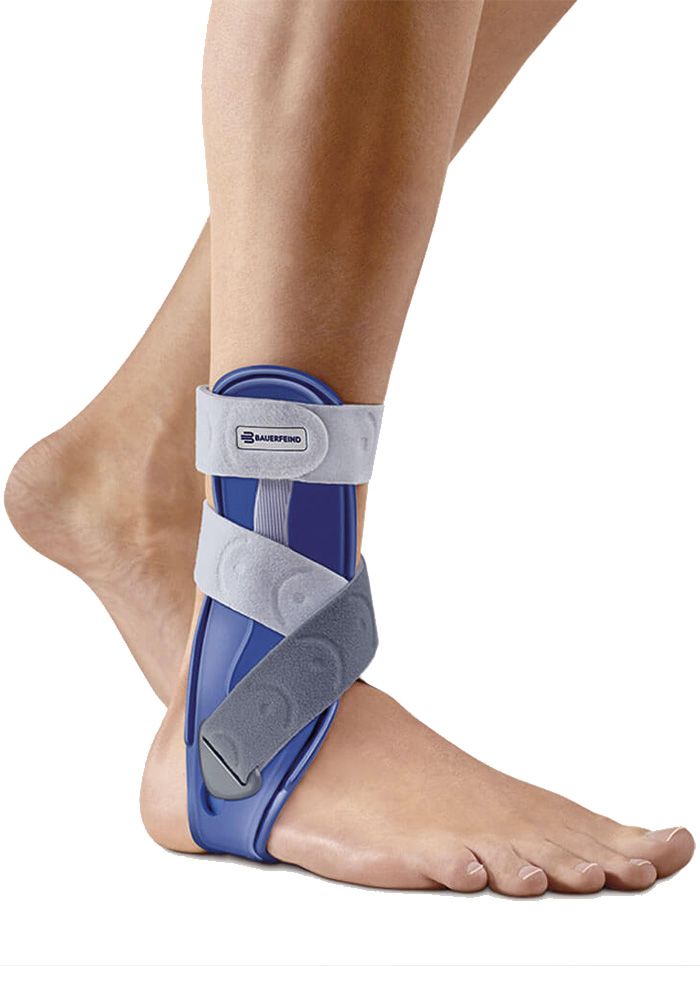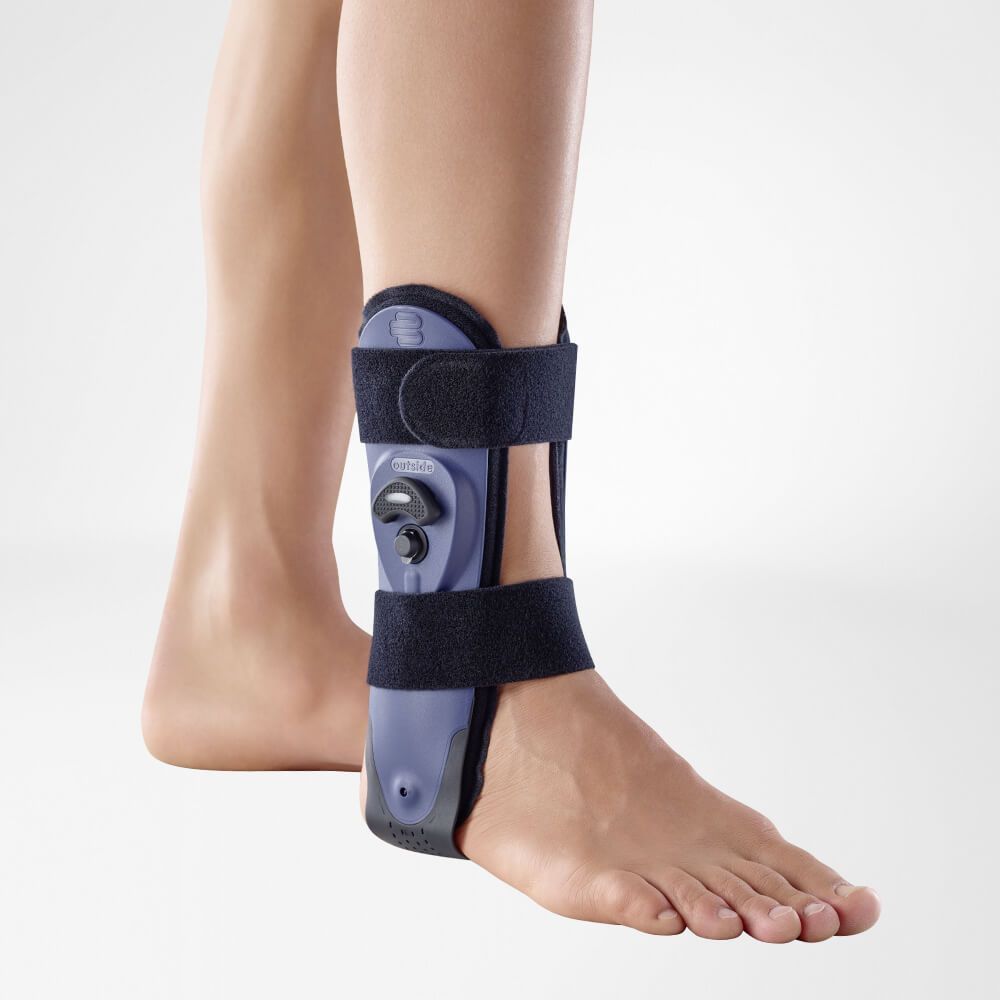Chronic Ankle Instability
Chronic ankle instability occurs when you frequently twist or sprain your ankle. If the ankle is not properly supported by the ligaments, this is referred to as ankle instability. This can be troublesome while walking or running, which is why it's important to treat it as soon as possible using various supportive tools. Want to know more about the ankle? Keep reading to relieve your symptoms as quickly as possible.
What is chronic ankle instability?
With chronic ankle instability, you often experience pain, sprains, swelling, and stiffness. It can involve a complex set of symptoms. The ankle joint consists of three bones: the tibia, fibula, and talus. These bones help reinforce the ankle ligaments—especially the ligaments on the inner and outer sides that run between the tibia and fibula and provide stability to the joint.
When the ligaments no longer provide sufficient support, we speak of ankle instability, as the sides of the ankle may tilt inward or outward. Around 20 to 40% of people who have had a torn ankle ligament continue to experience instability.
What are the symptoms of chronic ankle instability?
There are several symptoms that may indicate ankle instability. Check whether you’re experiencing the following issues:
- Frequent ankle sprains, especially on uneven surfaces
- A feeling of weakness and instability in the ankle
- A sense of weakness after physical activity
- Reduced mobility and more frequent loss of balance

What are the causes?
There are several causes of ankle instability. Consider whether any of these apply to you, so you can avoid repeating the cause:
- Missteps
- Falls
- Incomplete recovery after a previous ankle sprain (you’ve twisted your ankle more than once)
- Weak ankle muscles
- Activities involving frequent jumping or pivoting movements
- Poor footwear that does not provide enough ankle support
Diagnosis of chronic ankle instability
Do you recognize the symptoms described and suspect you have ankle instability? You can confirm this by visiting a doctor or physiotherapist. They can use various assessments to determine whether your ankle is unstable. Diagnostic methods include:
- Stability tests
- Gait analysis
If you think something more serious is going on, an X-ray can also be taken.
How do you treat chronic ankle instability?
There are several treatment options to help recover from ankle instability. If you haven’t yet consulted a professional, it’s important to begin treatment quickly and minimize the risk of reinjury. Below you'll find self-care options and medical interventions if self-care isn’t enough.
Self-care
If you haven’t yet seen a doctor, it’s important to take action yourself and reduce swelling. Here are a few measures you can take:
- Wear a brace for support so you can perform daily tasks with less pain
- Wear different shoes that provide proper support
- Walking helps with recovery, but make sure your foot points straight forward
- Elevate your foot to reduce swelling
- Apply cold to the ankle to relieve pain
- Avoid sports activities that increase the risk of twisting your ankle
Medical interventions
What a doctor can do to speed up the recovery process:
- Injection therapy – this can temporarily reduce pain in the ankle
- Surgery – in cases of severe damage, surgery may be necessary if something more serious is going on in the ankle
Preventive measures
There are a few things you can do yourself:
- Do specific exercises to improve balance
- Strengthen your calf and ankle muscles
- Use tools like a balance board
- Always do a proper warm-up before sports
When are you recovered from chronic ankle instability?
Do you think you might have chronic ankle instability after reading this? Don’t wait, support your ankle so you can recover as quickly as possible. At Podobrace, we offer ankle braces for extra support. Questions about which brace suits a specific issue or another concern? Contact our team of specialists. We’re happy to help support your recovery.

Active Ankle T2 Sports Ankle Support

Bauerfeind MalleoLoc Ankle Support

Bauerfeind AirLoc Ankle Support
Protection level 3
Gladiator Sports Lightweight Ankle Support with Straps

Morsa ThermoCY Lightweight Ankle Football Support

Dunimed Premium Ankle Support (Black & Beige)

- Physiotherapist
- Sports podiatrist
- Manual therapist
- Podopostural therapist
- Myofascial dry needling specialist


